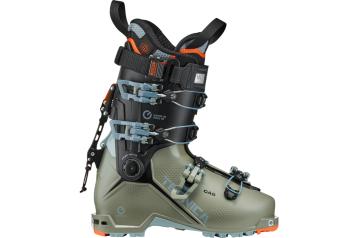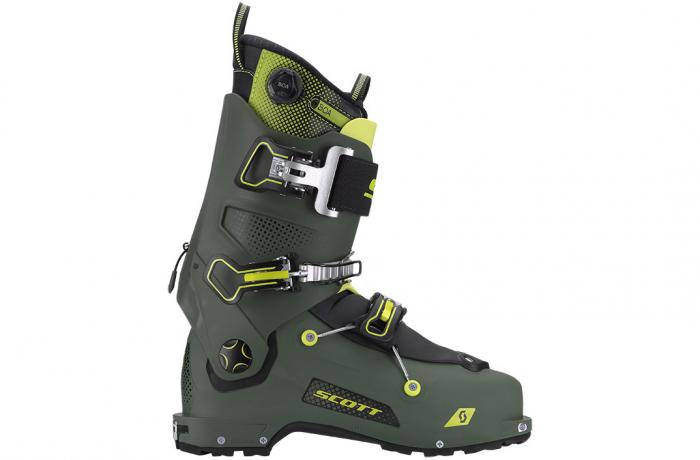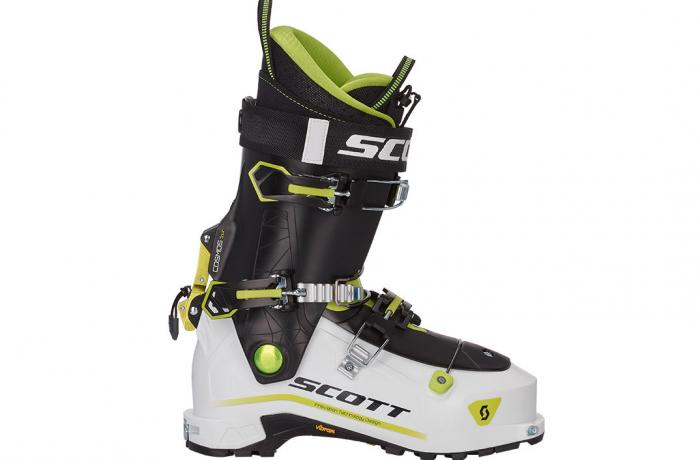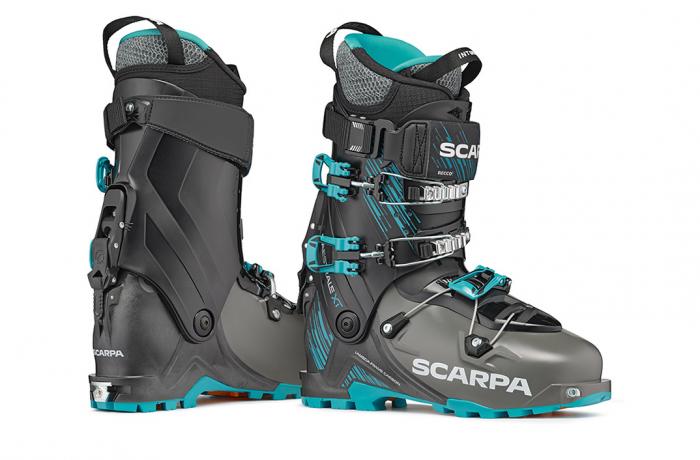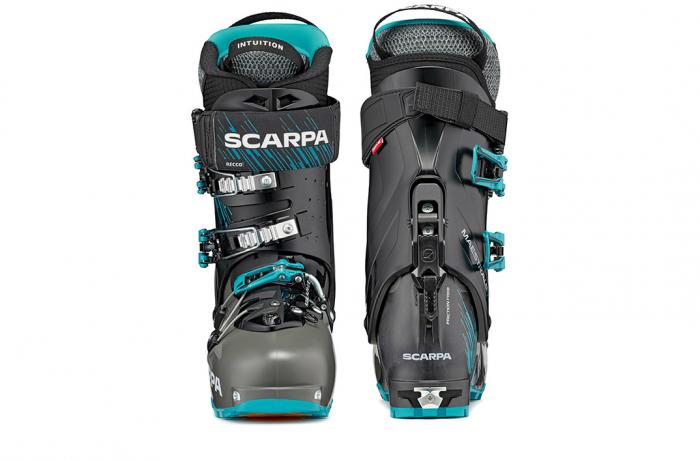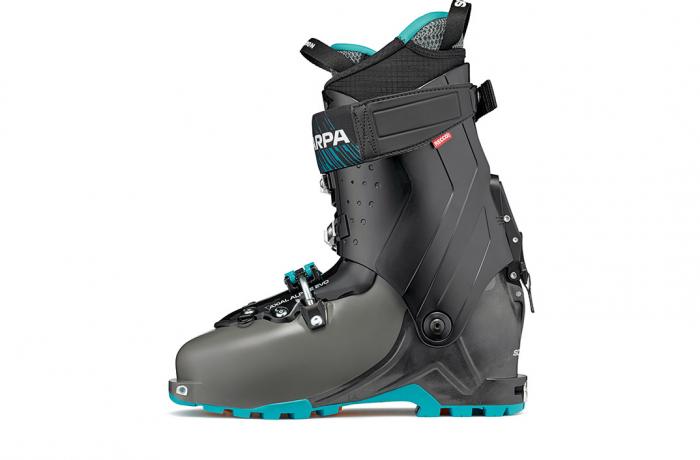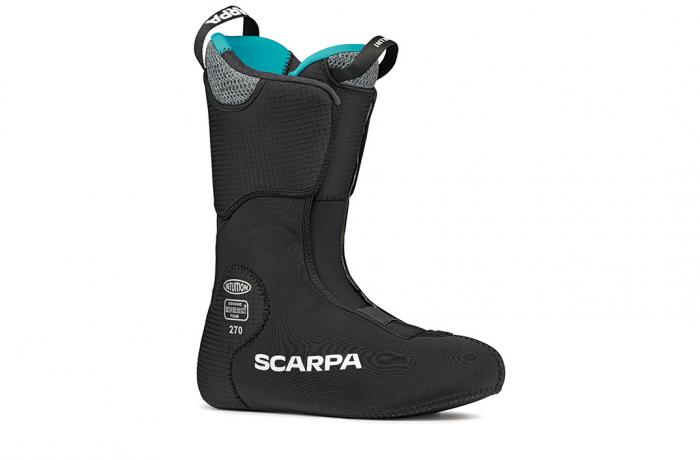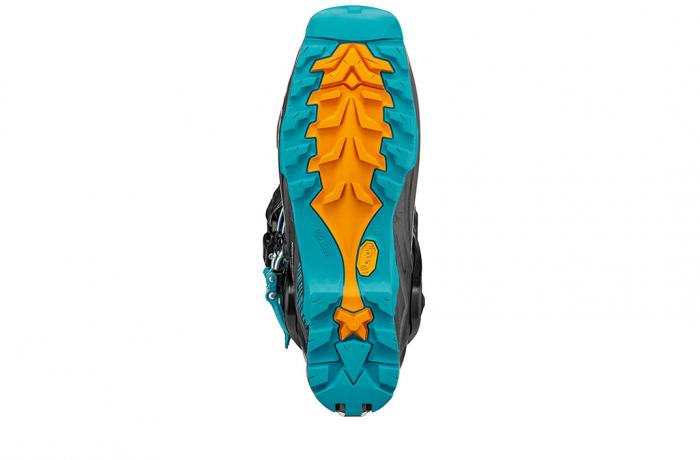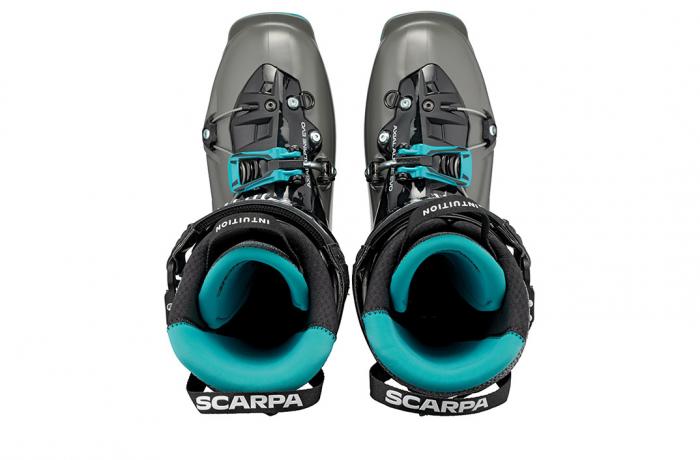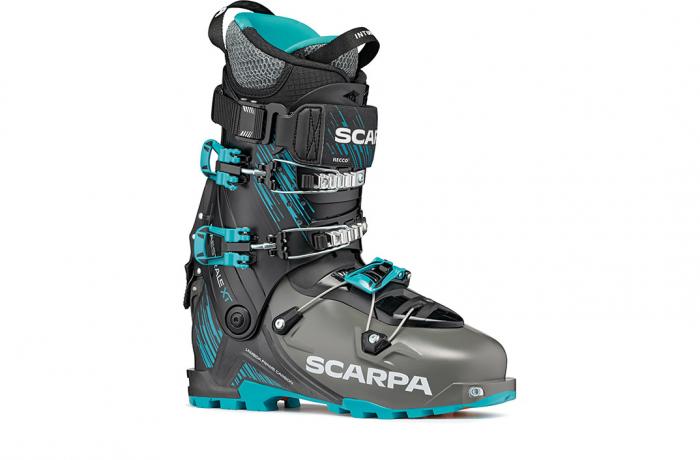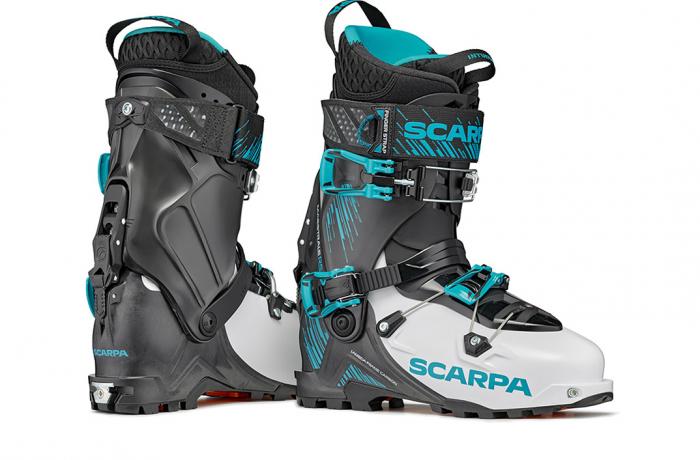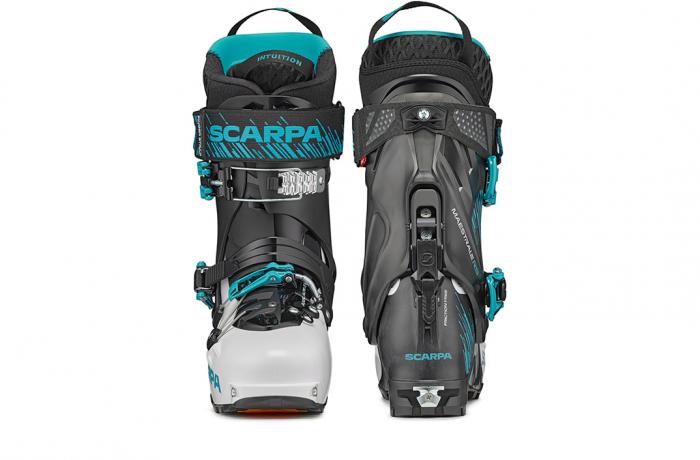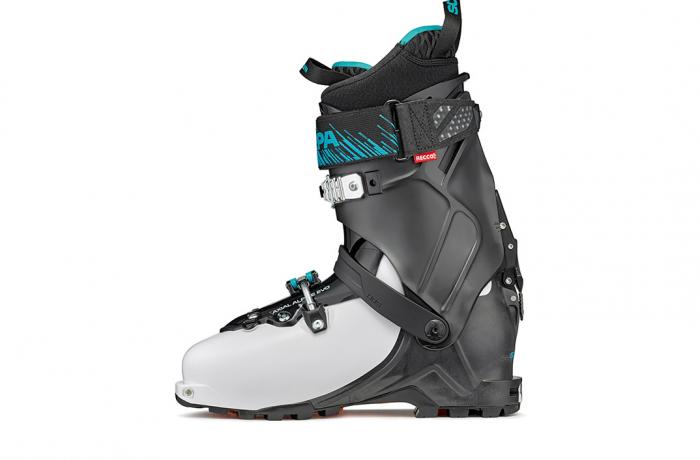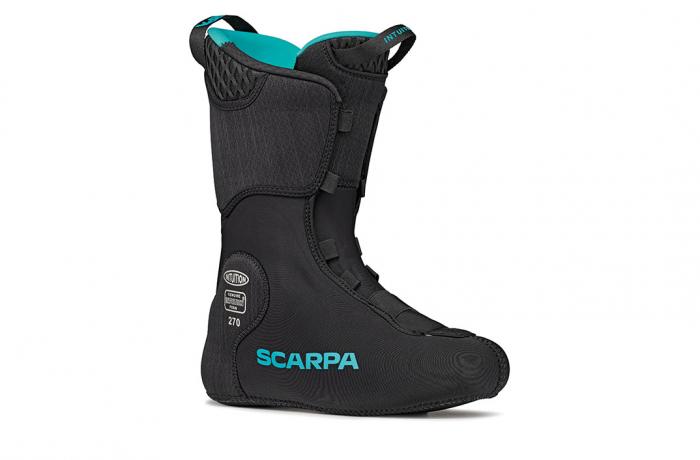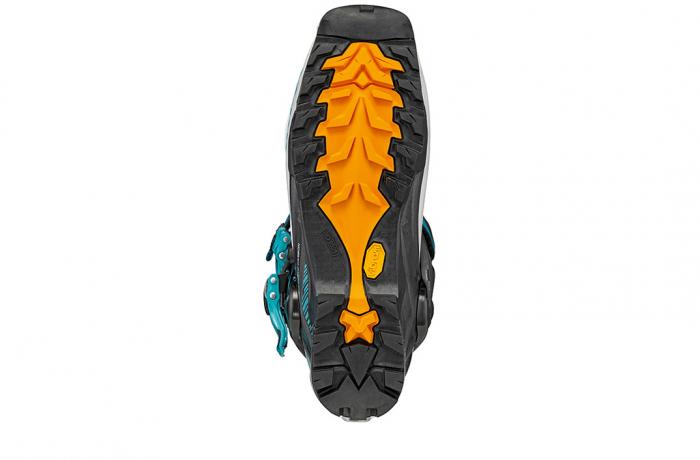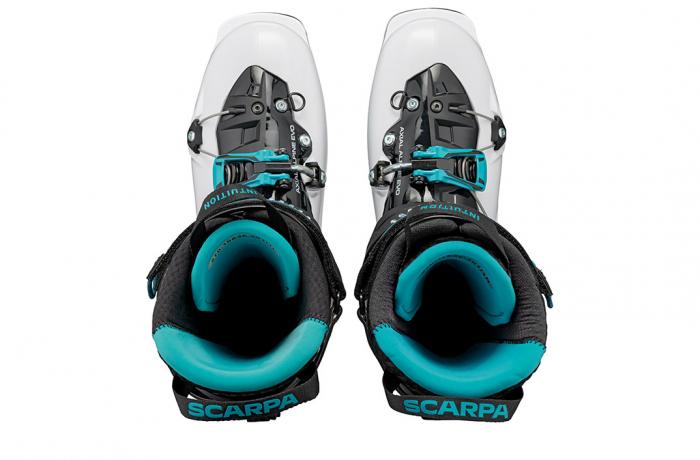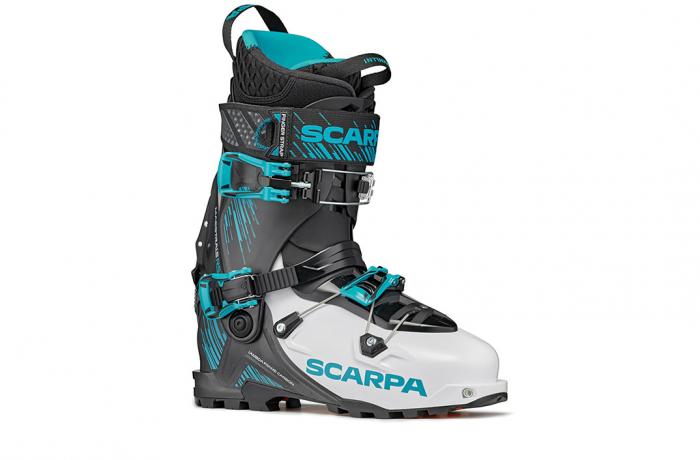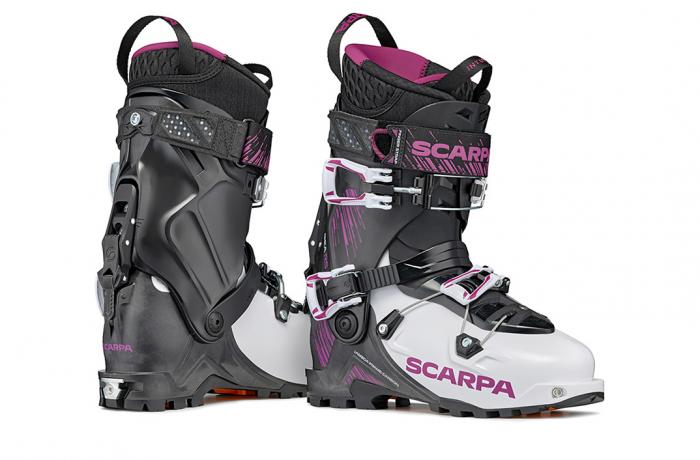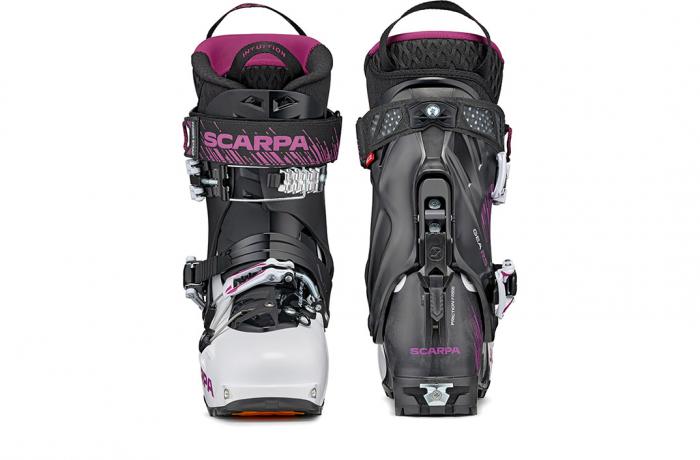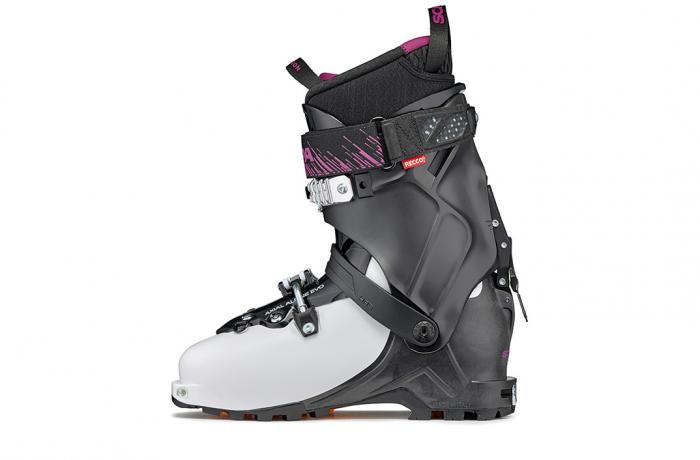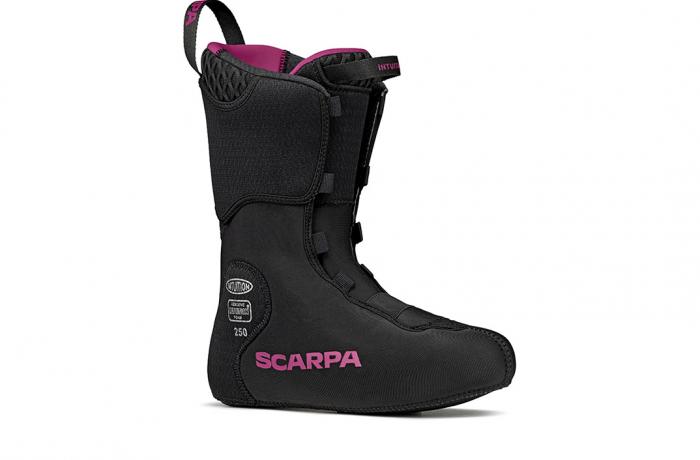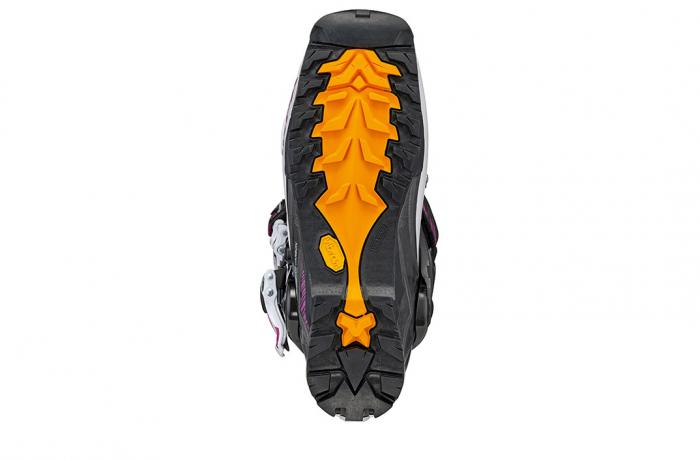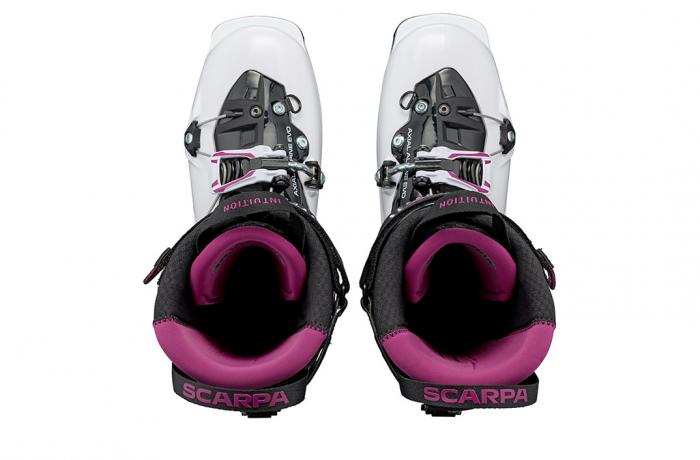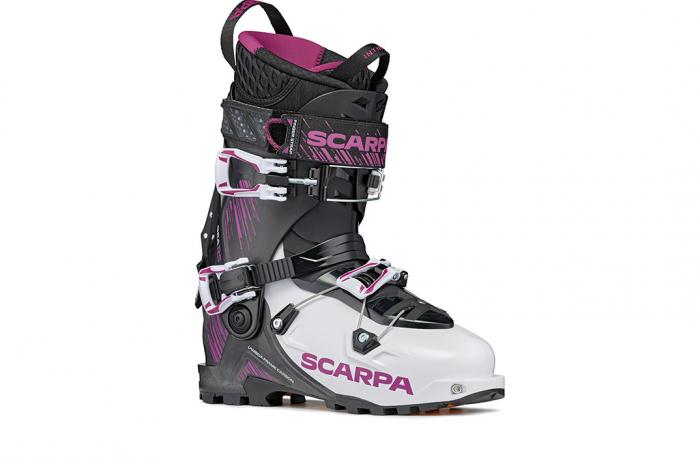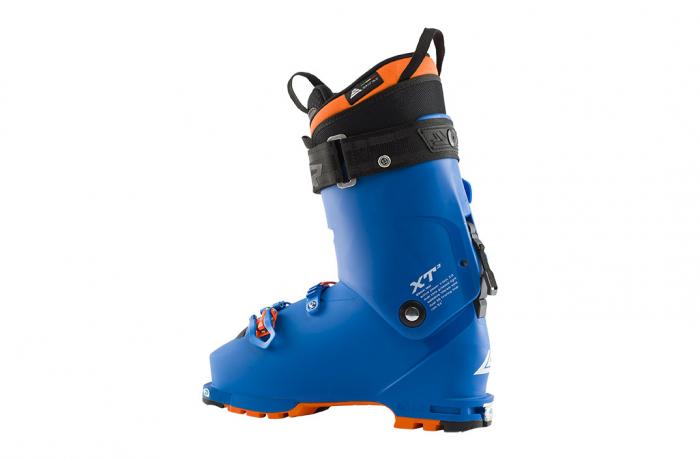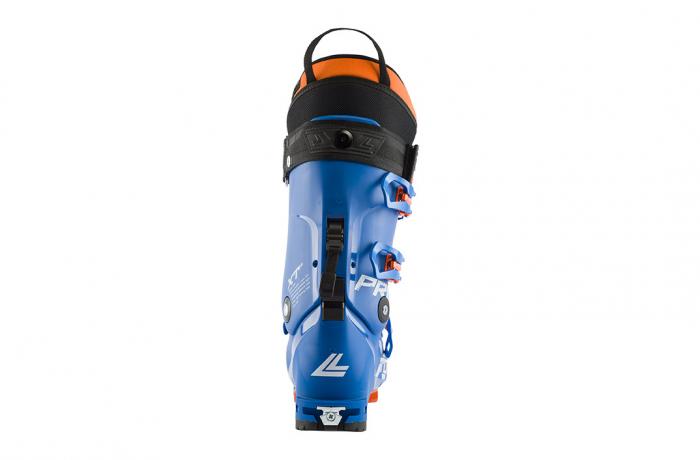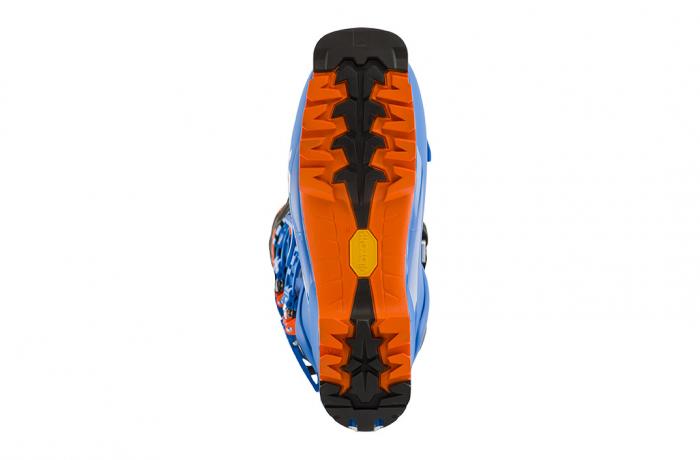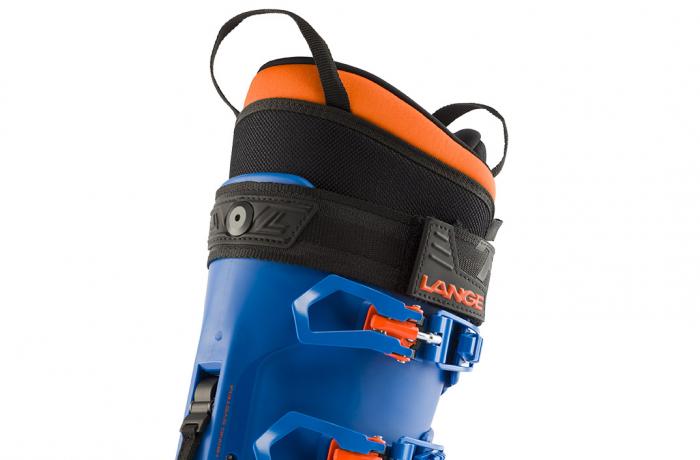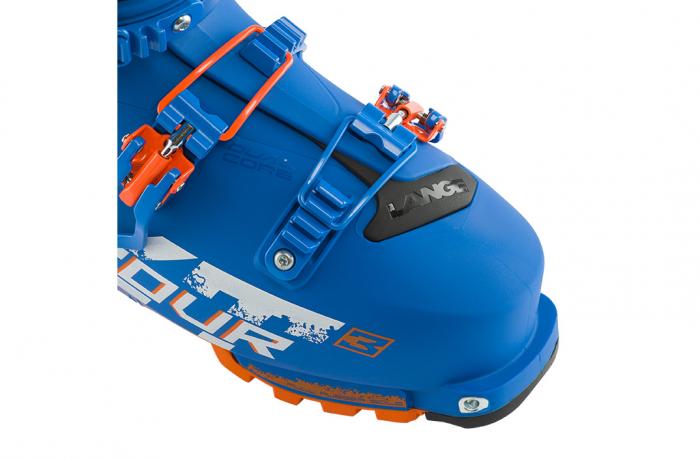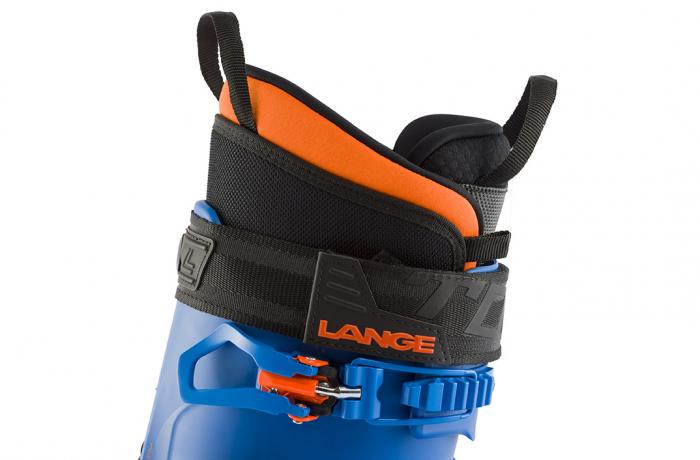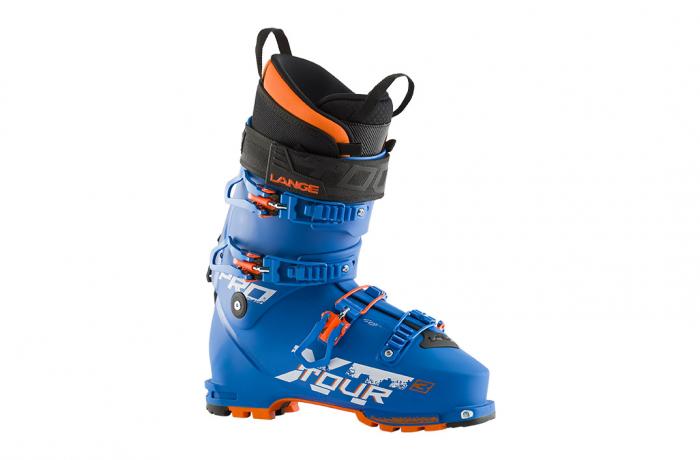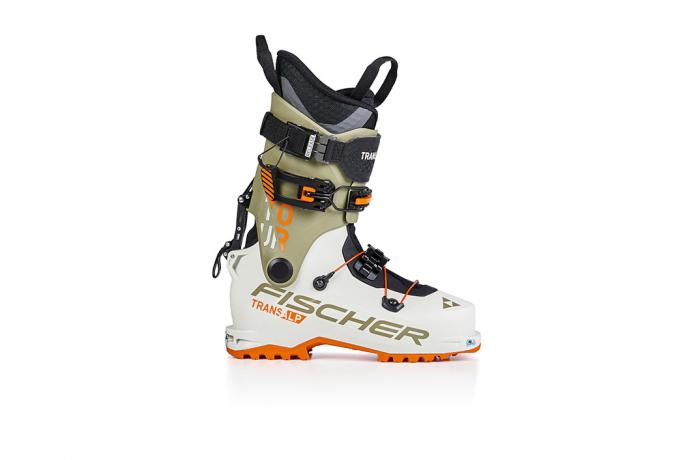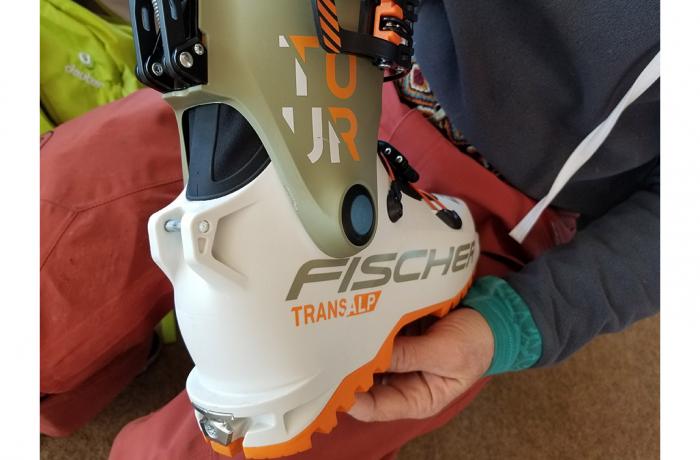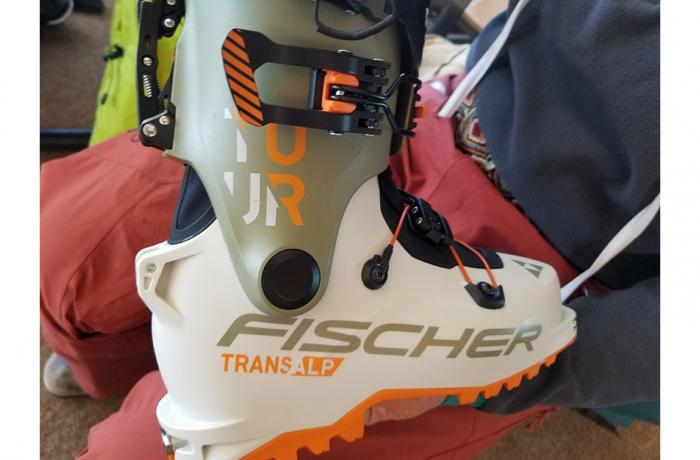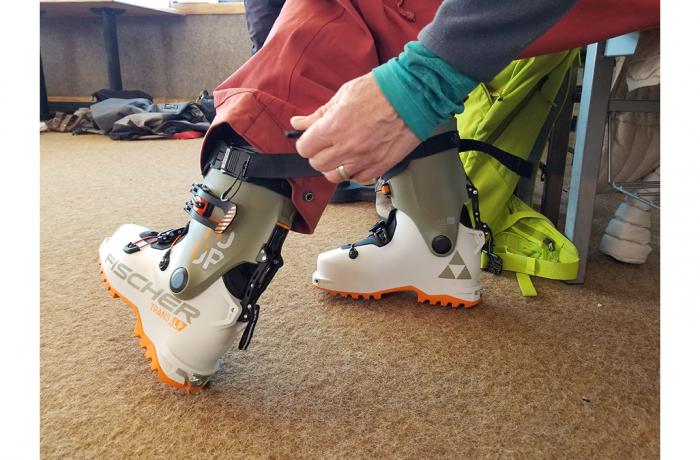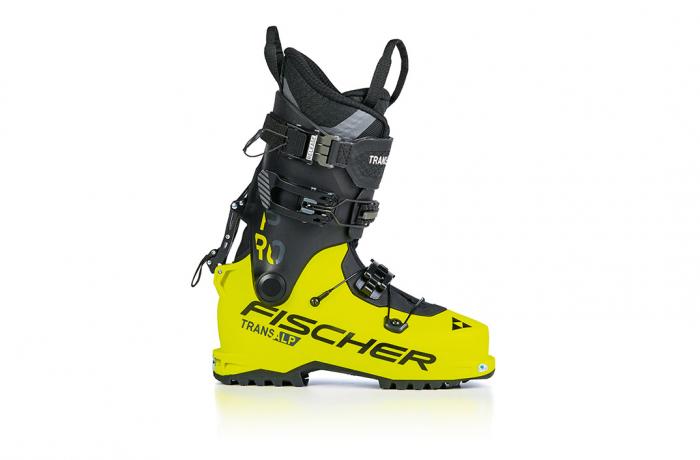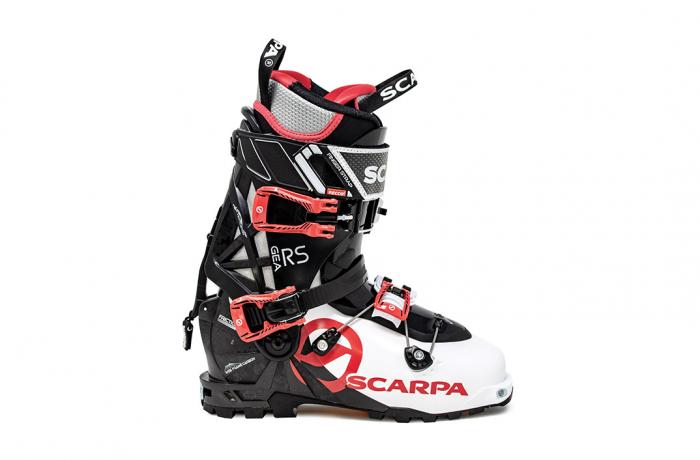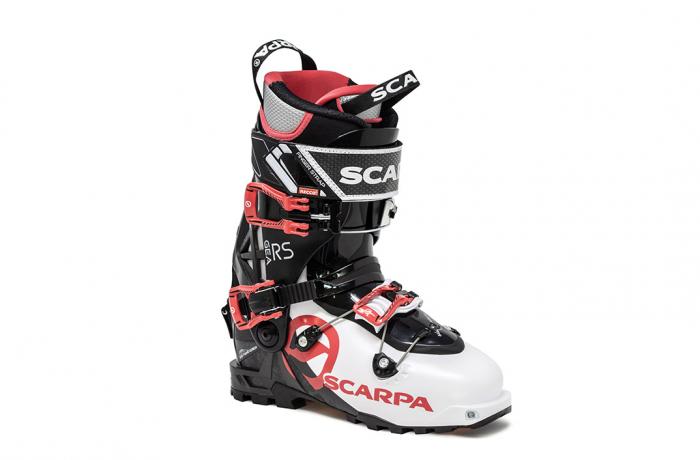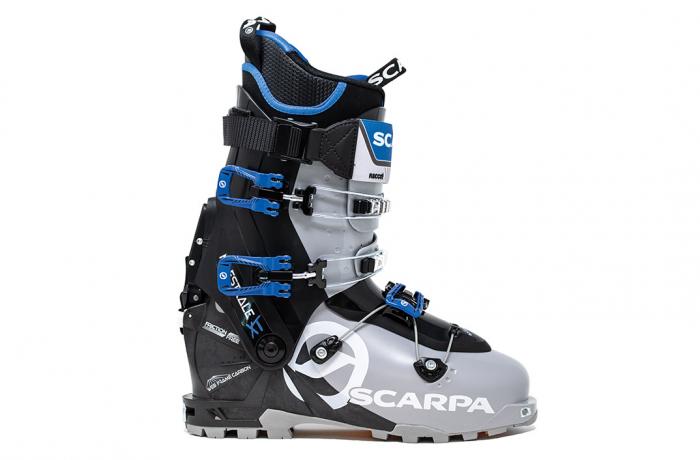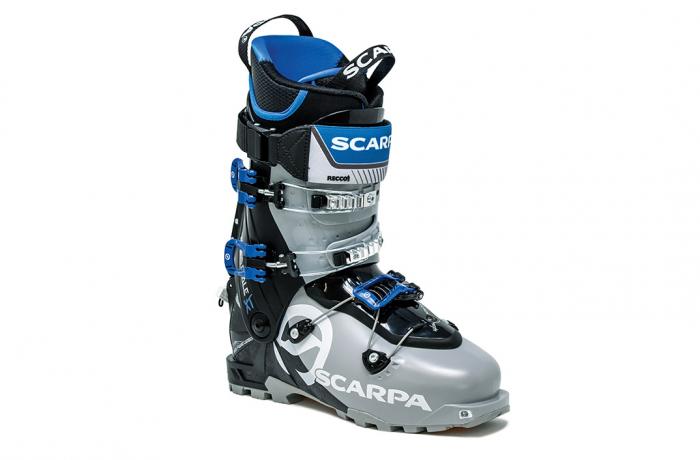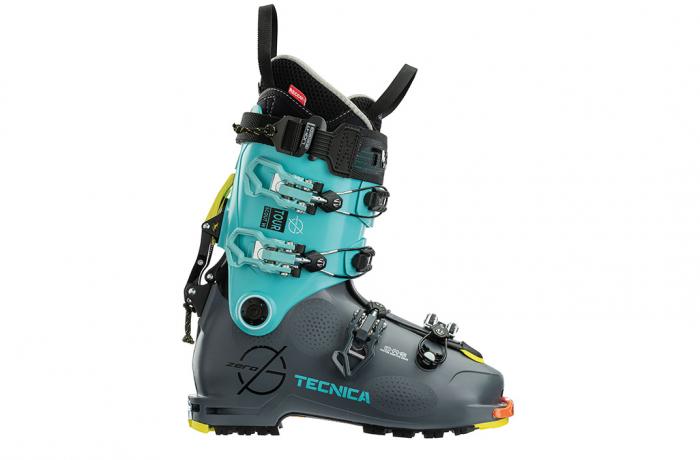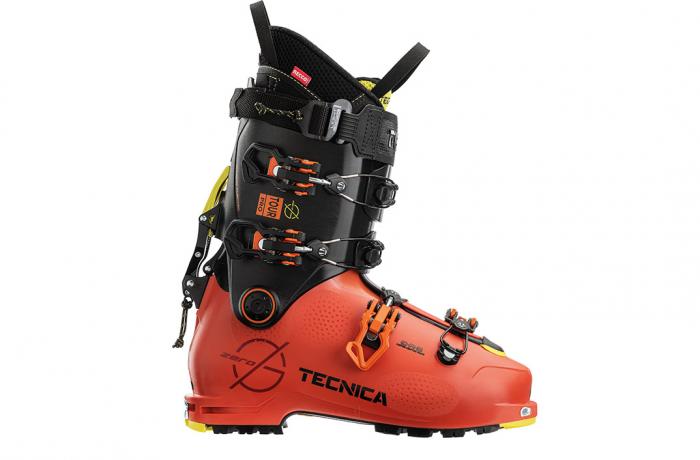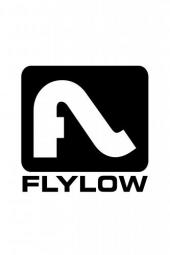The 2021/2022 Scott Freeguide Carbon was tested in the men’s Backcountry category by the experts at America's Best Bootfitters, powered by Masterfit.
The Gist
With the catchy name evolution of the former Superguide to the all new Freeguide Carbon testers were hopeful that it came with more than new badging, and they were not disappointed. Testers thought the Freeguide was the best of the Scott family entries at this year’s test and one of the better BC boots we’ve tested in years for its well-rounded blend of fit and performance, both up and down. Testers say it’s a tricky one to get on but well worth the effort.
The Fit
All the Scott boots fit more snug than their alleged last widths which makes one wonder if they aren’t measuring a 27 rather than 26 standard reference size. Testers liked the evenly snug fit but said it fit more in line with other 99mm lasted boots with an average fit zone score of 2.4 out of 5 (1 race, 2 narrow, 3 medium, 4 wide, 5 rental bucket). That said, they felt it was a little shorter than most and so some testers sized up, which put them right into a more roomy medium 101mm as its designed, so keep an up-size in mind if you’re indecisive between sizes. None of this is to say testers didn’t love the fit—they did, especially after full liner molding, which evened out the aggressive ankle pockets that came with the out-of-box fit.
Performance
While our test team have become not-fans of pulley-style Velcro buckle-power-strap combination closure systems they said this one works, and in conjunction with the Boa liner lacing system produced a comfy clamp on the lower leg for serious ski tipping leverage. Testers liked the relaxed stance angles that allowed for maximum touring efficiency but without locking them straight out of a dynamic position when needed on descent. The carbon powered shell provided a crisp feel underfoot, that paired with a Grilamid and carbon upper boot managed to avoid feeling twitchy, testers said. Cuff rotation was in line with the best of the category and the boot feels light on the foot without feeling flimsy.
Cool Features
The Boa liner lace system was a hit with testers once they realized it was their friend for entry and exit (hint: release the reel and pull out all the slack for entry and exit—duh, right?). It’s no-slippage closure on the inner boot was good for skiing and skinning alike they said. Testers liked the simple vector-pull style lower buckle and just two other closure clasps for a straight-up and functional lock-down.
